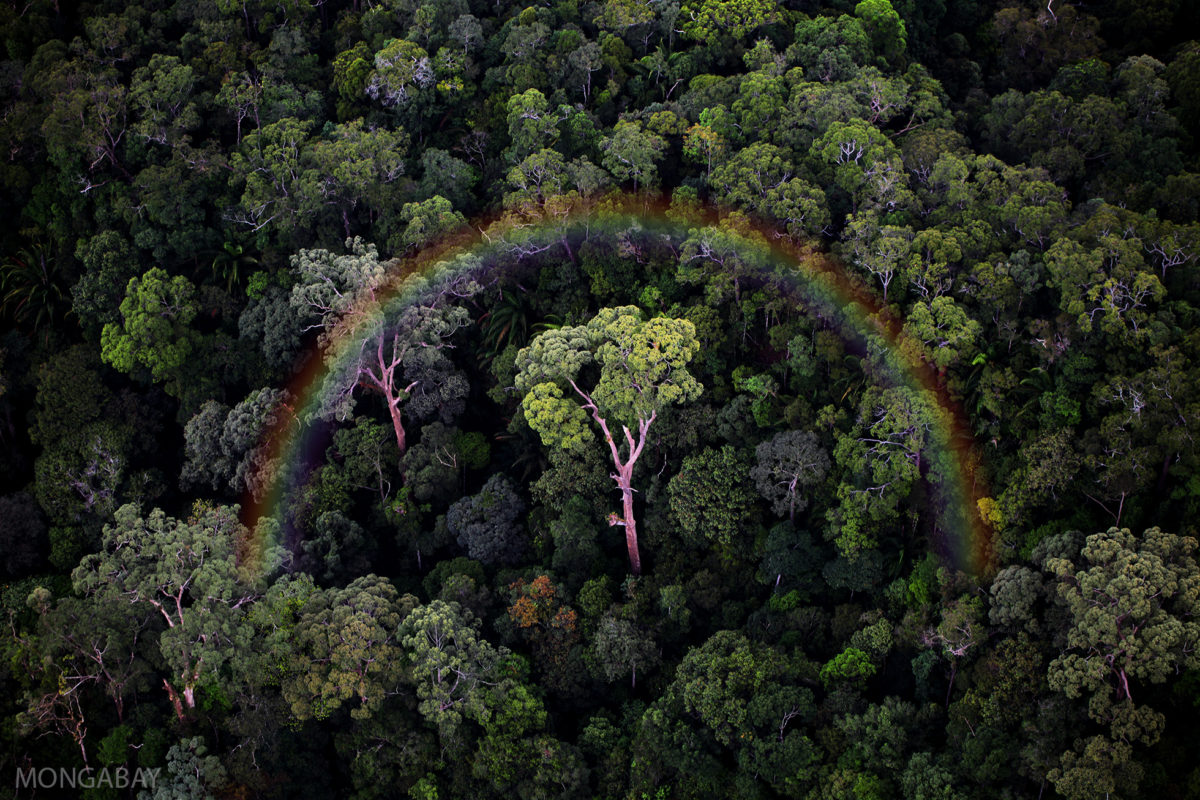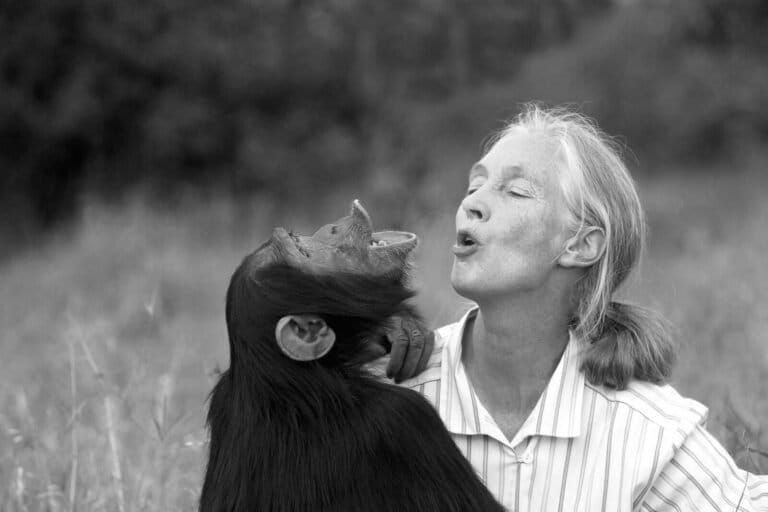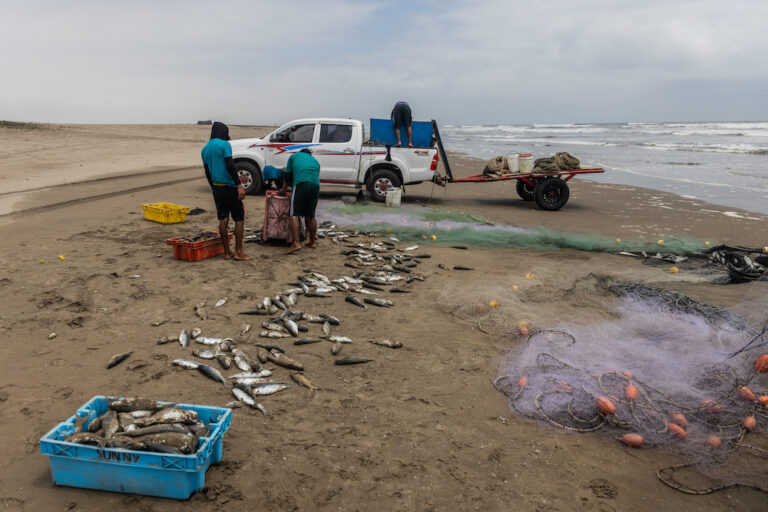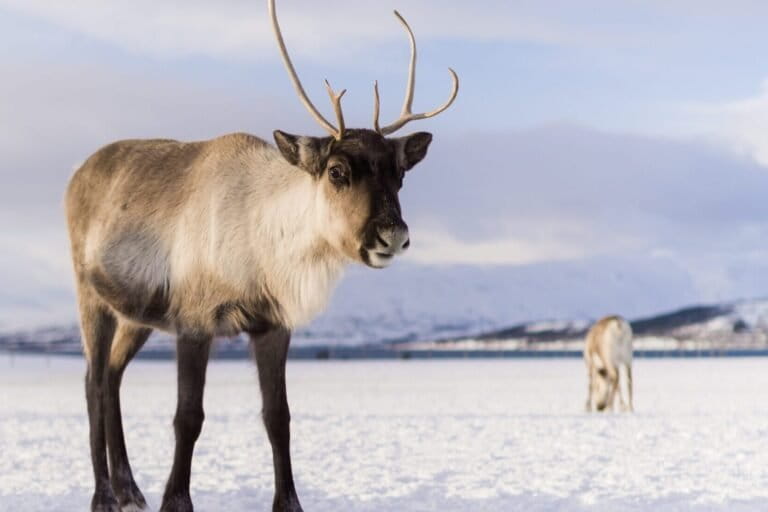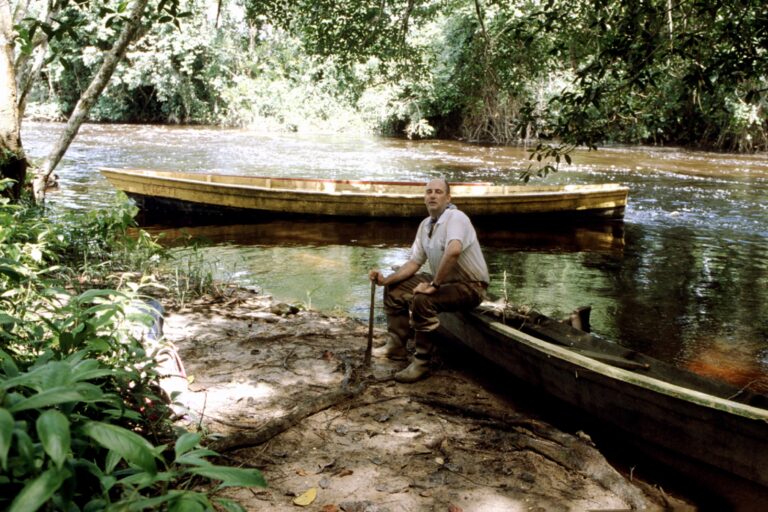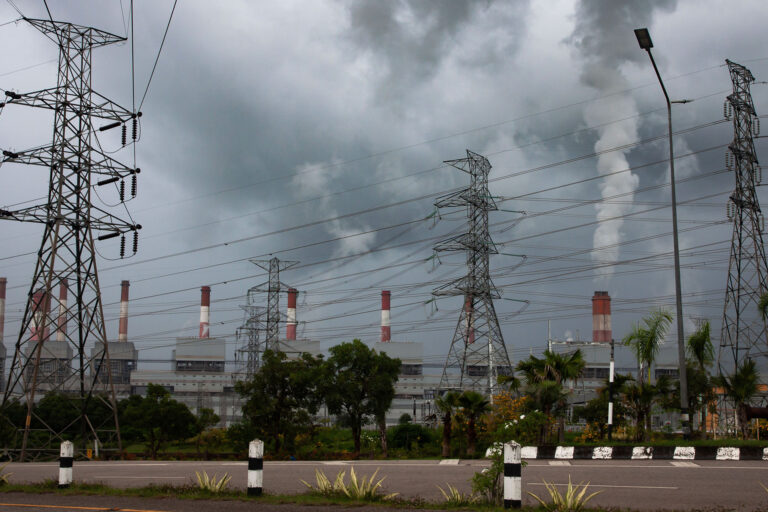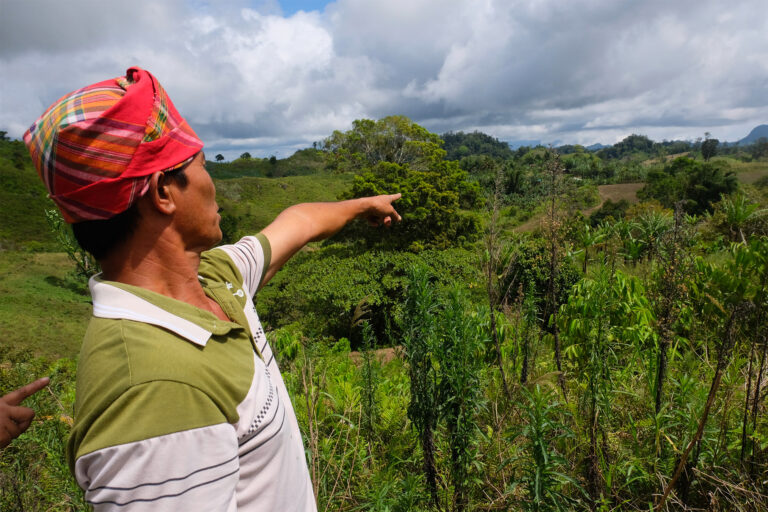- Deforestation inside protected areas in central Colombia appears to be picking up pace this year, suggesting the steep drop-off from 2022-2023 was just a blip, according to satellite data.
- The most affected areas include Llanos del Yarí Yaguara II Indigenous Reserve, two national natural parks — Sierra de la Macarena and Tinigua — and the surrounding La Macarena Special Management Area.
- Threats to the region and its protected areas include agricultural expansion, along with the cultivation of illegal crops such as coca and marijuana, and illegal gold mining.
- The region’s protected areas are increasingly falling under the control of armed groups emboldened and funded by the drug industry, according to monitoring agencies and local residents interviewed by Mongabay.
In the middle of Colombia, where the country’s Eastern Plains and Andean ecoregions meet the Amazon Basin, a vast complex of parks, reserves and other protected areas safeguards ancient habitat and the biodiversity contained within.
Or at least it’s supposed to. However, human activity has been chipping away at the region’s forests for years — and not even its protected areas are immune.
Satellite data collated by the University of Maryland and visualized on the Global Forest Watch (GFW) monitoring platform shows a surge of deforestation in protected areas in central Colombia so far in 2024. The most affected areas include Llanos del Yarí Yaguara II Indigenous Reserve, two national natural parks — Sierra de la Macarena and Tinigua — and the surrounding Macarena Special Management Area.

In Llanos del Yarí, the data (which extend back to the turn of the century) show forest loss rising in earnest between 2014 and 2015, peaking in 2022. In total, between 2014 and 2023, the Indigenous reserve lost 11% of its primary tree cover, according to GFW.
The reserve experienced a bit of a reprieve in 2023, with GFW showing deforestation dropping by more than 60%. However, preliminary data for 2024 and satellite imagery from Planet Labs indicate forest loss is picking back up this year, with clearings expanding into primary forest throughout the northern half of the reserve. Its southern portion is not unscathed, however, with data and imagery showing a road carved through primary forest starting in late 2023. The road cuts across a corner of the adjacent Macarena Special Management Area and into Chiribiquete National Natural Park.
Tinigua National Natural Park appears to be even more seriously affected by forest loss. The park lost 32% of its primary forest between 2002 and 2023, according to GFW data. Satellite imagery shows much of Tinigua has been cleared, with the largest remaining tract of primary forest in the park’s northern portion.
As in Llanos del Yarí, the data indicate deforestation in Tinigua declined last year, plummeting by 90% between 2022 and 2023. However, as is also the case in Llanos del Yarí, the dip seems to be but a blip, with recent satellite data and imagery showing widespread expansion of clearings in 2024.
Most of Tinigua’s forest loss this year appears confined to the already-fragmented southern part of the park. However, data and imagery show clearing expansion eating into its as-yet-intact northern portion, albeit at a slower pace.
Forest loss in Sierra de la Macarena National Natural Park seems to be following a similar trajectory to its neighbors, if at a smaller scale. The park lost 6.3% of its primary forest between 2002 and 2023, according to GFW data.
The data show deforestation of primary forest in Sierra de la Macarena dropped off by more than 70% between 2022 and 2023. However, preliminary data for 2024 along with satellite imagery suggest clearing activity may be picking back up, particularly near the park’s eastern border.

Threats to the region and its protected areas include agricultural expansion, along with the cultivation of illegal crops such as coca and marijuana. Illegal gold mining is also playing a role in forest loss in the Colombian Amazon, according to organizations such as the Gaia Amazonas Foundation and the United Nations Office on Drugs and Crime.
The region’s protected areas are increasingly falling under the control of armed groups emboldened and funded by the drug industry, according to monitoring agencies and local residents interviewed by Mongabay. This has resulted in violence and even alleged murder, particularly in Indigenous territories like Llanos del Yarí Yaguara II, where residents say they fear reprisal if they speak out against these groups.
“We have public risk limitations due to [the presence of] armed groups,” Luz Alejandra Gómez, coordinator of the geographic information systems team at the Foundation of Conservation and Sustainable Development (FCDS), told Mongabay in 2022. “Land-grabbing is also related to the issue of armed struggle, since it is those involved in the fighting who are occupying and appropriating these lands, not only to cultivate [illegal] coca crops [from which cocaine is produced] but also for economic activities that are actually legal, such as cattle ranching, but which have become illegal because they are taking place inside a protected area.”
Banner image (color-adjusted) of clearing activity in the Macarena Special Management Area west into Sierra de la Macarena National Natural Park captured by Planet Labs.
Editor’s Note:This story is powered by Places to Watch, a Global Forest Watch (GFW) initiative designed to quickly identify concerning forest loss around the world and catalyze further investigation of these areas. Places to Watch draws on a combination of near-real-time deforestation alerts, automated algorithms and field intelligence to identify new areas on a monthly basis. In partnership with Mongabay, GFW is supporting data-driven journalism by providing data and maps generated by Places to Watch. Mongabay maintains complete editorial independence over the stories reported using this data. Sign up for GFW’s monthly email updates featuring these stories.
Feedback: Use this form to send a message to the editor of this post. If you want to post a public comment, you can do that at the bottom of the page


